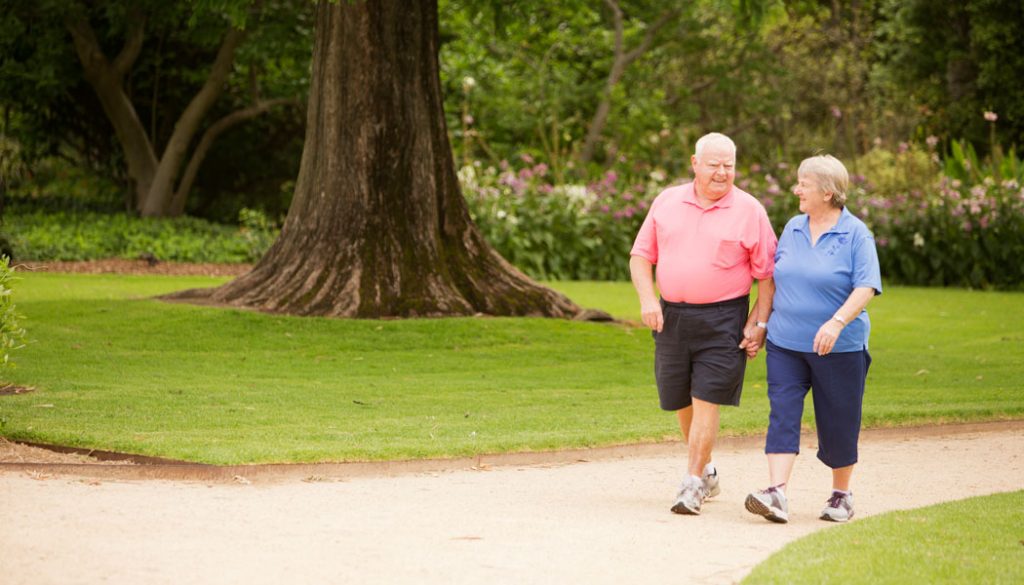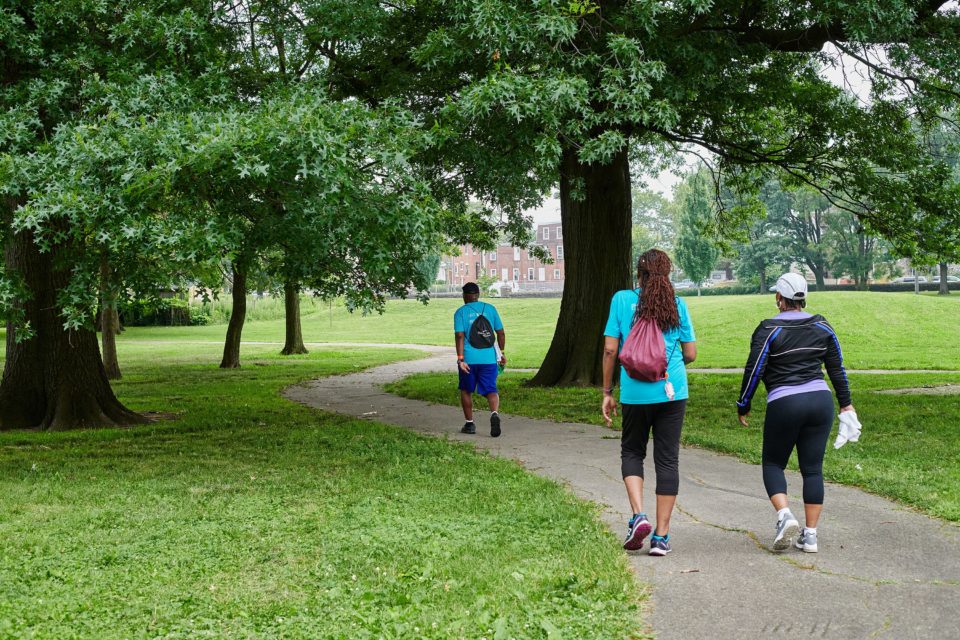If you can’t decide whether you should walk on a treadmill, on the street or in a park, choose the greener option. New research shows it yields greater benefits for your mind and body. In fact, a growing number of doctors nationwide write their patients “nature prescriptions” to encourage people to get outdoors to improve their health.
“If I have someone in front of me at risk of chronic disease with sedentary behavior, I’m going to ask that question: Where do you like to be outdoors, and what do you like to do outdoors?” says Dr. Robert Zarr, founder and medical director of Park Rx America, a platform which offers health professionals the means to prescribe visits to parks or other outdoor green spaces to their patients, to help them boost their happiness levels, lower their stress levels and reduce their risk of chronic disease. “I’m looking for changes in routines that are healthy lifestyle behaviors,” says Zarr, which could be as simple as a daily walk in a park.
Here, three reasons to up your step count in a green space
YOU’LL BOOST YOUR HAPPINESS LEVELS
A recent study found people who frequented urban parks for an average of 20 minutes reported significant increases in life satisfaction after their visit. “We suspect that the improvement is thanks to a reduction in stress levels,” explains study author Hon Yuen, PhD, professor and director of research at the University of Alabama at Birmingham’s department of occupational therapy.
What’s more, “the natural setting of parks elicits a variety of experiences that facilitate spiritual expression, including a sense of wonder and awe, peacefulness, calm, stillness and/or tranquility,” says Diana Allen, chief of the National Park Service’s Healthy Parks Healthy People initiative.

IT’S FOOD FOR YOUR HEART
A growing body of research shows green spaces have positive effects on cardiovascular health: A Finnish study showed visiting urban forests or parks is better for heart health than visits to built-up urban city centers. Women who visited natural environments had lower blood-pressure levels and heart rates. A Japanese study found people who sat in forests had lower blood-pressure, heart rates and levels of the stress hormone cortisol, compared to people in urban environments.
“There are also studies that demonstrate blood pressure being lowered more effectively on a walk in the woods versus the city,” Allen says. “There are more than 400 national parks across the country, which provide more than 300 million visitors with countless opportunities to find health, healing and happiness.”

IT CAN HELP YOU STICK WITH EXERCISE
Your local park is infinitely more exciting to the senses than a treadmill. “By being outdoors you use more of your senses, taking in the changing seasons and dynamic surroundings,” says Zarr. Thus, it can be a great form of therapy and motivation for sticking with exercise. “There has been growing evidence that when people engage in physical fitness activities outdoors, rather than indoors, they spend more time doing physical activity, which makes a strong case for encouraging outdoor movement,” says Allen.
Last modified: May 30, 2019